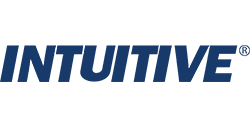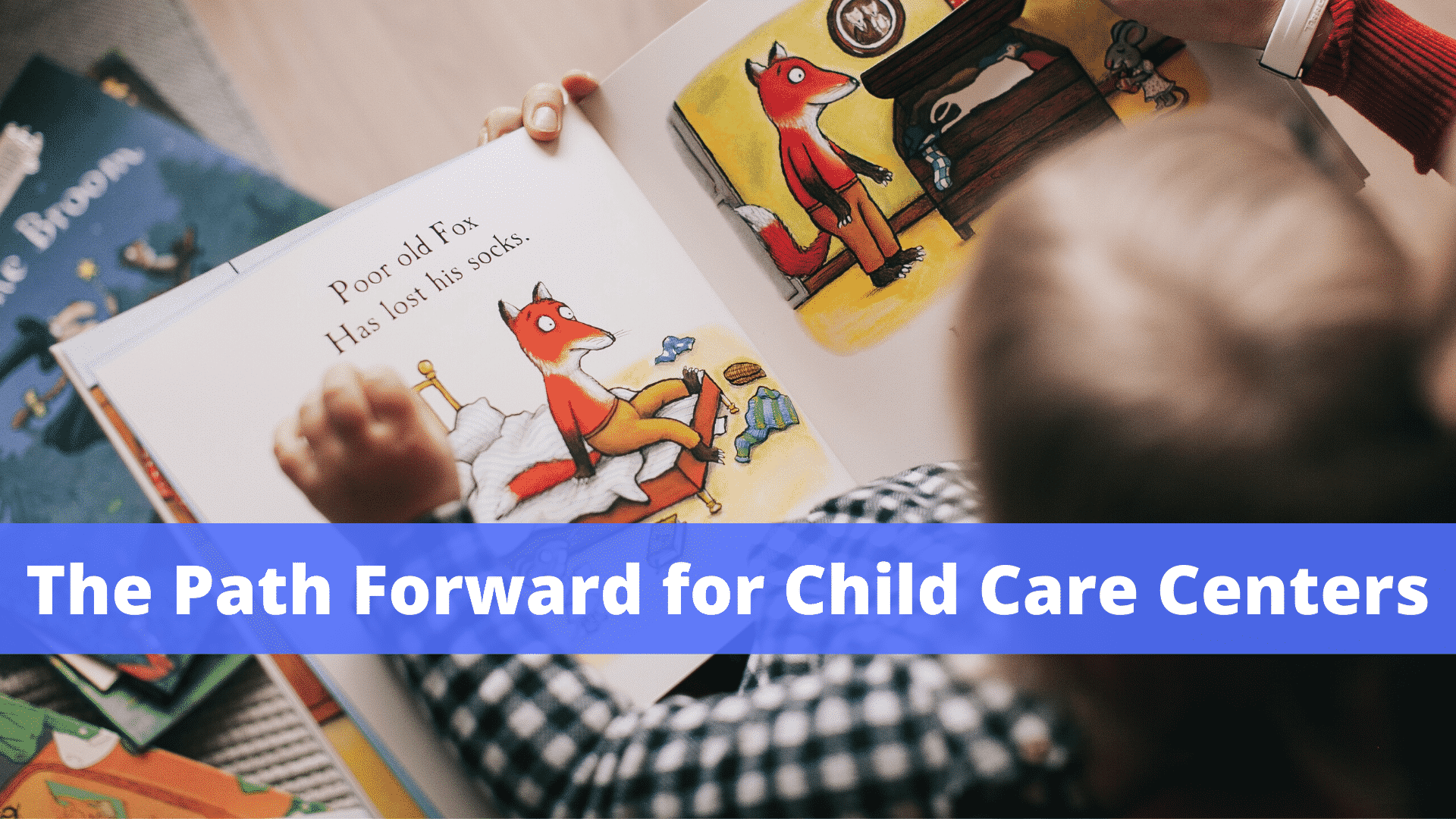Child care providers are essential as we plan to reopen the economy, but it will look very different for these businesses. Phasing in social distancing, PPE, and other factors will affect their operations. We have gathered input from child care providers and resources from the Alabama Partnership for Children.
The U.S. Chamber of Commerce Foundation recently held a webinar focused on this topic. Tom Wyatt, CEO of KinderCare, was one of the guest speakers who shared candidly the new realities they face across the country. They serve 180,000 children within 450 centers, and, due to COVID-19, 75 percent of those centers had to close. The remaining 25 percent were left open to serve essential workers, and Wyatt said he is pleased at how those centers have been operating. He shared how the inside of the center drastically changed including occupancy where before COVID-19 they normally had 120 children, now the most is 45-55 due to social distancing. Parents are not allowed in the classrooms and staff take the temperature of every child and parent at drop off. All staff are wearing gloves and masks, and every center is doubling down on sanitization to ensure health and safety.
The effect of child care workers wearing masks did not seem of concern to the children in his center. However, other centers have differing opinions noting that very young children rely heavily on facial expressions for communication and believe face shields could potentially be a possible solution.
Another challenge childcare centers are facing is increased cost and decreased revenue. KinderCare admitted that after the second week of the pandemic they had an 80 percent reduction in top line revenue and expect in May it will be at 90 percent. “The sustainability of our company and the industry is at risk,” said Wyatt. “We are working with government officials but have not seen a lot of support, but there has been a lot of interest.” Centers are losing money every day, but they believe the right thing to do is to support essential workers.
The U.S. Chamber is eager to see industries such as childcare receive additional funding, as they are part of the bridge back to normalcy.
As the economy reopens, Wyatt said he believes that reopening gradually is in KinderCare’s favor. Securing PPE, learning and teaching staff, and education approach are things a family wants to be sure are intact on day one of reopening.
The webinar also had another guest, Lesely Crawford, owner of a 24/7 care model in Pittsburgh, PA that caters to non-traditional workers. Her experiences have been very similar to those of KinderCare. She is speaking with insurance providers and lawyers to create policies to protect themselves for the longevity. Crawford honestly admitted, “I hope I’m in business a year from now.” She is currently paying employees even though they are not there because when this is over, she will need her great staff to come back to work.
Both of these guests were asked if they imagine prices rising. Crawford stated that child care is already costly, and she’s hoping she doesn’t have to raise prices in order for her to maintain the business. She also noted that a lot of parents wouldn’t be able to afford care at all if prices were raised. Child care centers are hoping they get backing or support to help in the short term and the long term. These new guidelines and changes are adding costs to the centers. For centers that have been closed, they have been paying bills even though tuition is no longer there. For the long term, what does this model look like in six or nine months and what will be the cost? Our child care centers will definitely need support.
A lot of child care staff are concerned, but they are passionate and want to get back to work. Both guests spoke highly of their teachers who are mission based and care about what they do, and that if they are capable to come back to work, they will.
Wyatt shared that out of his 9,400 teachers, 10 contracted COVID-19. With every case they shut the center down for 72 hours and disinfected and quarantined those they came in contact with, and he stated that it has been manageable.
The CDC has a done an excellent job listing protocols for child care centers on their website.
What about the parents? Crawford said that parents trust them. Wyatt echoed that and said parents are relieved, appreciated the extra steps, and that the parents’ confidence level may be the highest they have ever been. They do believe there will be a number of families that are concerned about returning to work and will choose to work remotely instead of going back into the office. Examining how to prepare families who are financially stressed to come back and be in a position to afford child care will be important.
There was a need for additional child care before this pandemic, and these new CDC guidelines will cause us to look at this issue even more closely. Gail Piggott, Executive Director Alabama Partnership for Children, shares that we cannot rev the economy back up if child care programs don’t survive the shutdown. Their website has a compilation of resources for child care providers and families. They have also put together a detailed FAQ for child care providers.
An emergency fund, Rapid Operating and Relief (ROAR), has been created for child care programs across the state to sustain them during the shutdown.
Alabama Partnership for Children is encouraging Early Childhood Education teachers to take Read Right from the Start courses. There is an incentive for participants. For more information, please visit this site. The Alabama Department of Early Education has information and resources for virtual preschool/Pre-K, which can be viewed here.
If you are a child care provider and have questions about COVID-19, please call the Child Care Intake Line at 866-528-1694.
If you are a local child care provider and need face shields, one suggestion is to visit huntsvillefightingcovid.com, which is one resource selling these.
-by Lydia Pennington
Industry Relations Director
Huntsville/Madison County Chamber



